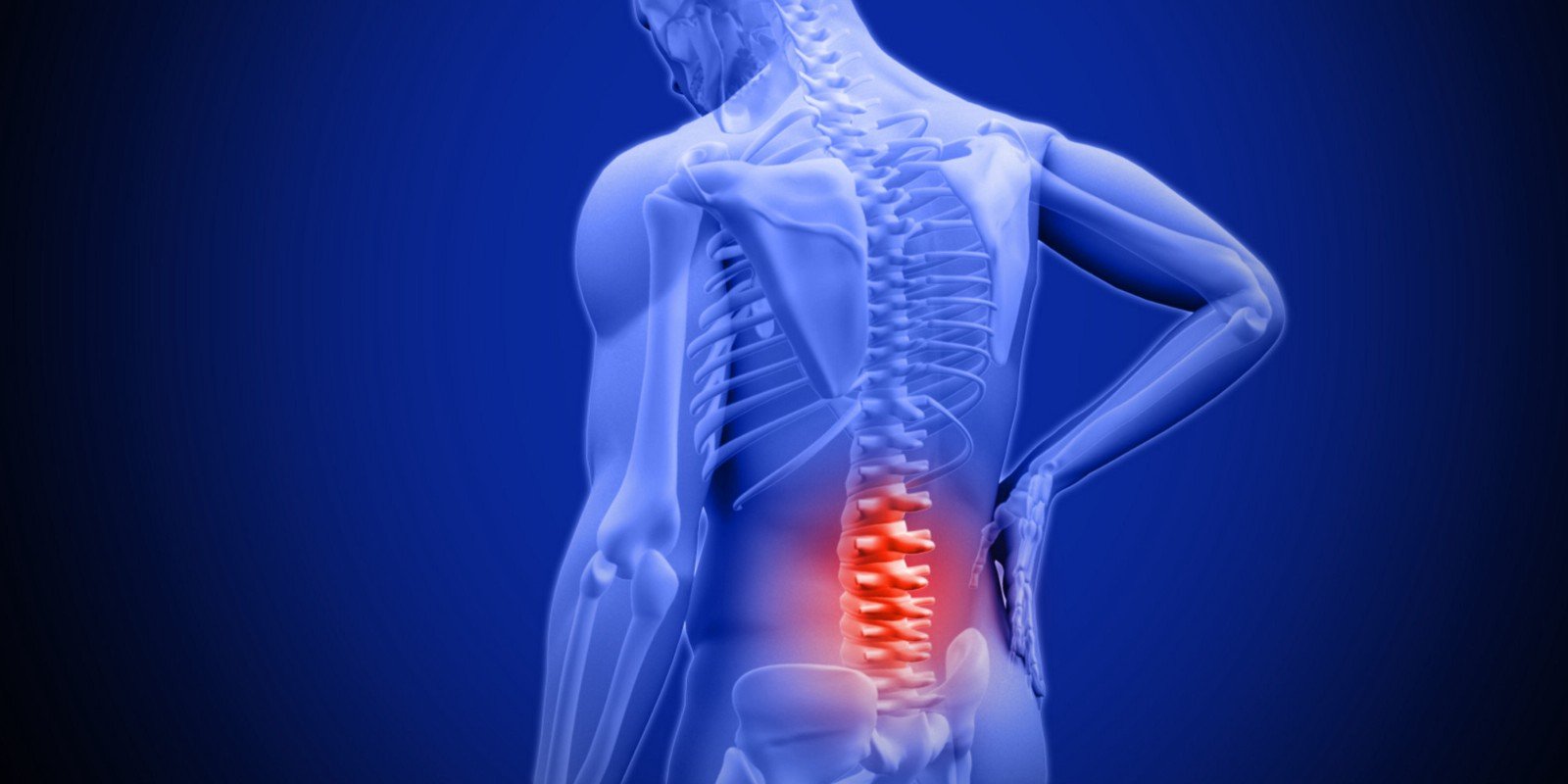Is Low back pain ruining your life?
May 02, 2019 | Thursday | Views | By Dr. Tapas Chatterjee
Dr. Tapas Chatterjee, Consultant, Department of Neurosciences, CK Birla Hospitals-CMRI shares his views on lower back pain
Back pain is a common condition that affects most people at some point in their lifetime. It could be caused by sleeping in the wrong position, having bad posture, or even by having a minor injury. In most cases, back pain isn’t anything to worry about, and it gets better by itself within a few weeks or months. But in some cases, back pain can sometimes be acute, recurrent or chronic and can appear anywhere along the spine. Back pain is generally cause by the degeneration of the spine.
As degeneration occurs, minor trauma or unusual activity can produce back pain, causing muscle pain and spasms. The outer ring of the disc can tear, and the inner cushioned part of the disc may continue to degenerate. Eventually, this can lead to spinal instability and nerve entrapment, which causes nerve pain. Bone spurs or osteophytes (bony growths) develop in and around the facet joint and discs. The ligaments can thicken and compress the spinal cord, causing central spinal stenosis or nerve root entrapment. Movement, or spondylolisthesis, may occur, which can cause instability and movement in the spinal column. This may produce pain or weakness, particularly in an arm or leg.
Sometimes lower back pain is not a specific condition, but a symptom of something else. Low back pain is more common in women than men. Being overweight can be one of the reason for an acute low back pain. Connective tissues surrounding muscles in the back normally have alternating layers of fibers that handle substantial loads and glide easily. People with longstanding low-back pain have decreased gliding motion between connective tissue layers, which could contribute to functional impairment. Interventions that restore connective tissue mobility and muscle function may be important to prevent long-term damage to vulnerable structures such as joints and intervertebral discs.
Inflammation may be a key cause of back pain, and avoiding inflammatory foods is an easy way to relieve your pain, it revealed. Potential risk factors for back pain include older age, female sex, increased physical work demands, and emotional disorders.
Low back pain associated with leg pain is particularly a more serious issue. This is known as neurogenic claudication. Leg pain which are associated with back pain signifies the nerve roots being compressed either by ostrophytes or a prolapsed disc in the lumbosacral region. If kept unattended it can lead to numbness and finally weakness of the leg. Urinary problems bowel problems and sexual dysfunction are also a seculae of long standing back pain with nerve root compression . A condition known as Cauda Equina Syndrome comprising of long standing back pain and sudden development of leg pain and leg weakness and urinary retention due to a prolapsed disc in the limbo sacral spine is a state of surgical emergency.
Those most at risk of developing back pain are people that are overweight. Losing just a few pounds could help to prevent the condition. While it may seem reasonable to suggest that obesity places undue stress on the pelvis, back, and spine—triggering the development of chronic back pain—the association has long been a point of contention among researchers. Obesity is the major cause and contributor to lower back pain, when a person is obese, any added weight in the midsection shifts the pelvis forward and causes the spine to curve excessively inward. We call this hyperlordosis or swayback. It is a condition that exerts abnormal pressure on back muscles that are forced to bear the weight.
Obesity has also been linked with low back pain, although a previous systematic review concluded obesity was only a weak risk factor. Some researchers say that obesity plays a strong role in increasing back pain, other say obesity has none or little impact. More evidence is being published that abdominal obesity does cause mechanical stress on the spine and that abdominal ft is an inflammation making factory attacking spinal nerves.









